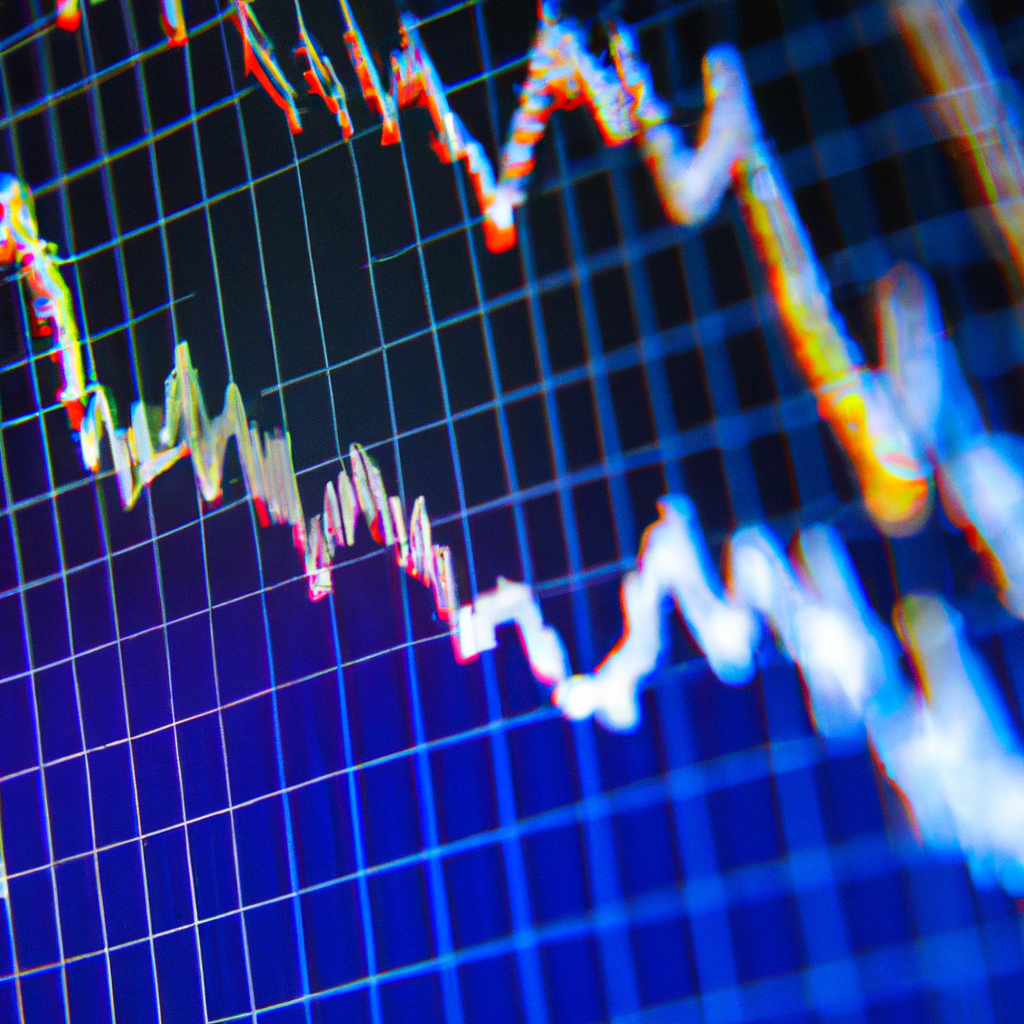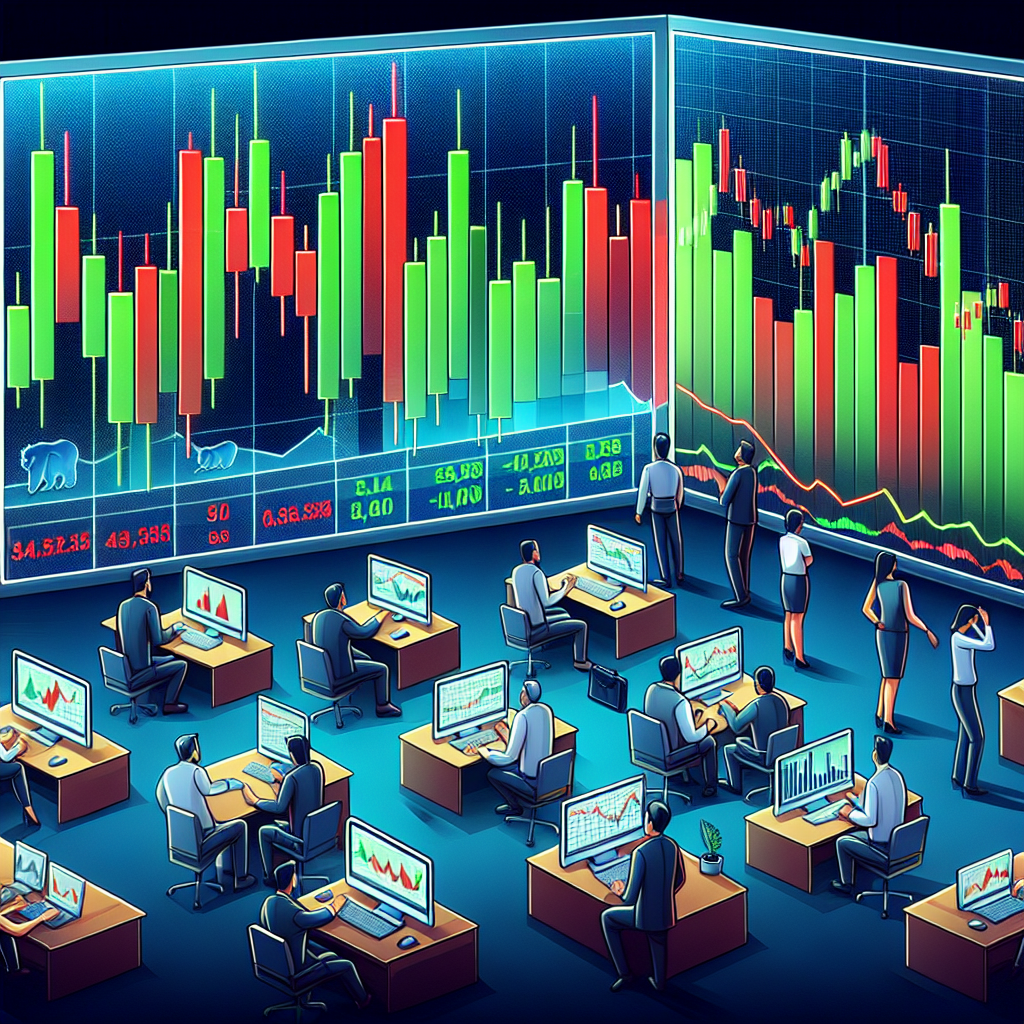Algorithmic Trading with Technical Indicators
Algorithmic trading is a method of executing trades using automated pre-programmed trading instructions. This type of trading relies on algorithms to make decisions on when to buy or sell assets. Technical indicators are tools used by algorithmic traders to analyze market data and make informed trading decisions. In this article, we will explore how algorithmic trading can be used with technical indicators to improve trading strategies.
What are Technical Indicators?
Technical indicators are mathematical calculations based on historical price, volume, or open interest data. These indicators are used to forecast future price movements and identify potential trading opportunities. Some common technical indicators include moving averages, relative strength index (RSI), and stochastic oscillators.
How to Use Technical Indicators in Algorithmic Trading
When using technical indicators in algorithmic trading, traders typically define specific rules or conditions based on the indicator signals. These rules are then programmed into the trading algorithm, which automatically executes trades when the conditions are met. For example, a trader may set a rule to buy a stock when the RSI indicator crosses above 70 and sell when it crosses below 30.
Benefits of Algorithmic Trading with Technical Indicators
- Automation: Algorithmic trading allows traders to execute trades automatically based on predefined rules, eliminating human emotions and biases.
- Speed: Algorithms can analyze market data and execute trades much faster than human traders, leading to quicker decision-making and potentially higher profits.
- Backtesting: Traders can backtest their trading strategies using historical data to evaluate performance and optimize their algorithms for better results.
Challenges of Algorithmic Trading with Technical Indicators
- Overfitting: Traders may optimize their algorithms too much on historical data, leading to poor performance in real-time trading.
- Market Conditions: Technical indicators may not always work in all market conditions, requiring traders to constantly monitor and adjust their algorithms.
- Technology Risks: Algorithmic trading relies on complex technology systems that can be prone to errors or malfunctions, leading to potential losses.
Conclusion
Algorithmic trading with technical indicators can be a powerful tool for traders looking to automate their trading strategies and improve performance. By using technical indicators to analyze market data and make informed decisions, traders can potentially increase profits and reduce risks. However, it is important for traders to carefully design and test their algorithms to ensure they are robust and effective in different market conditions.


